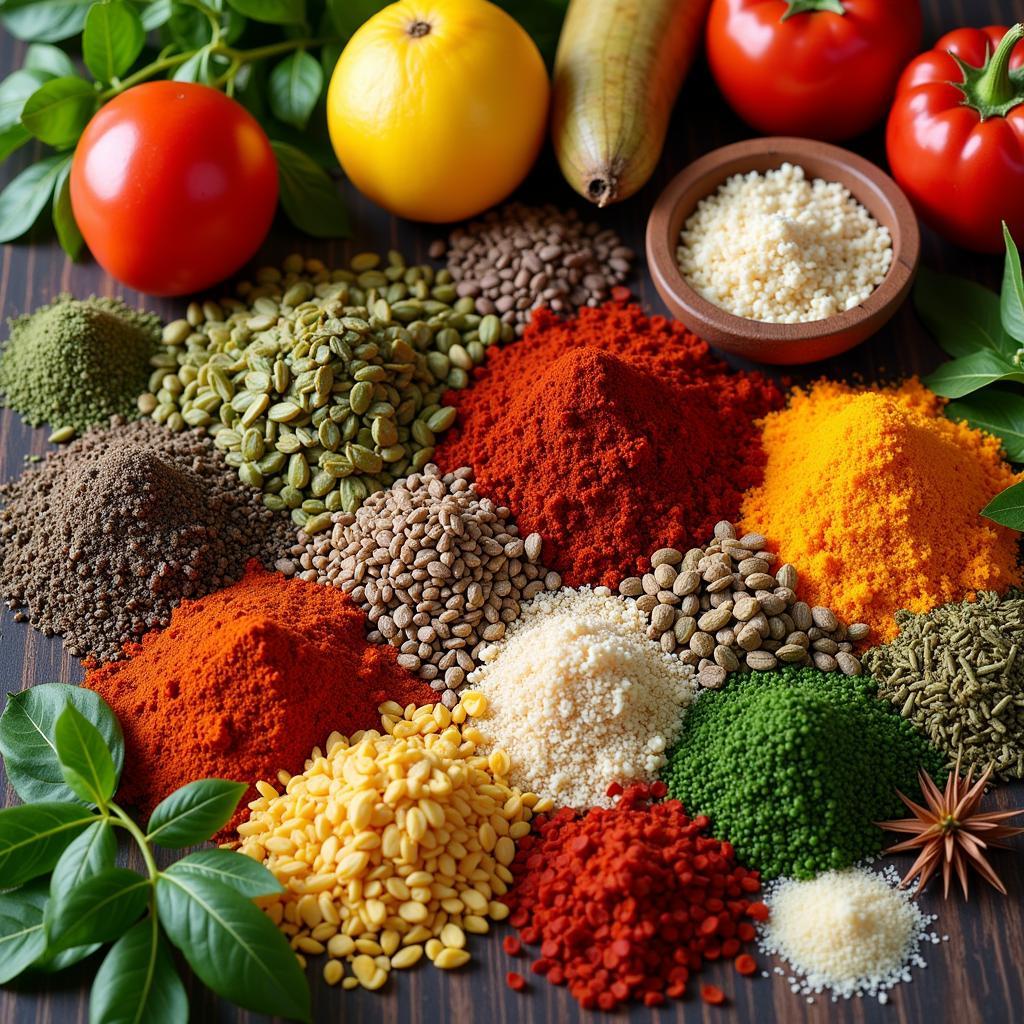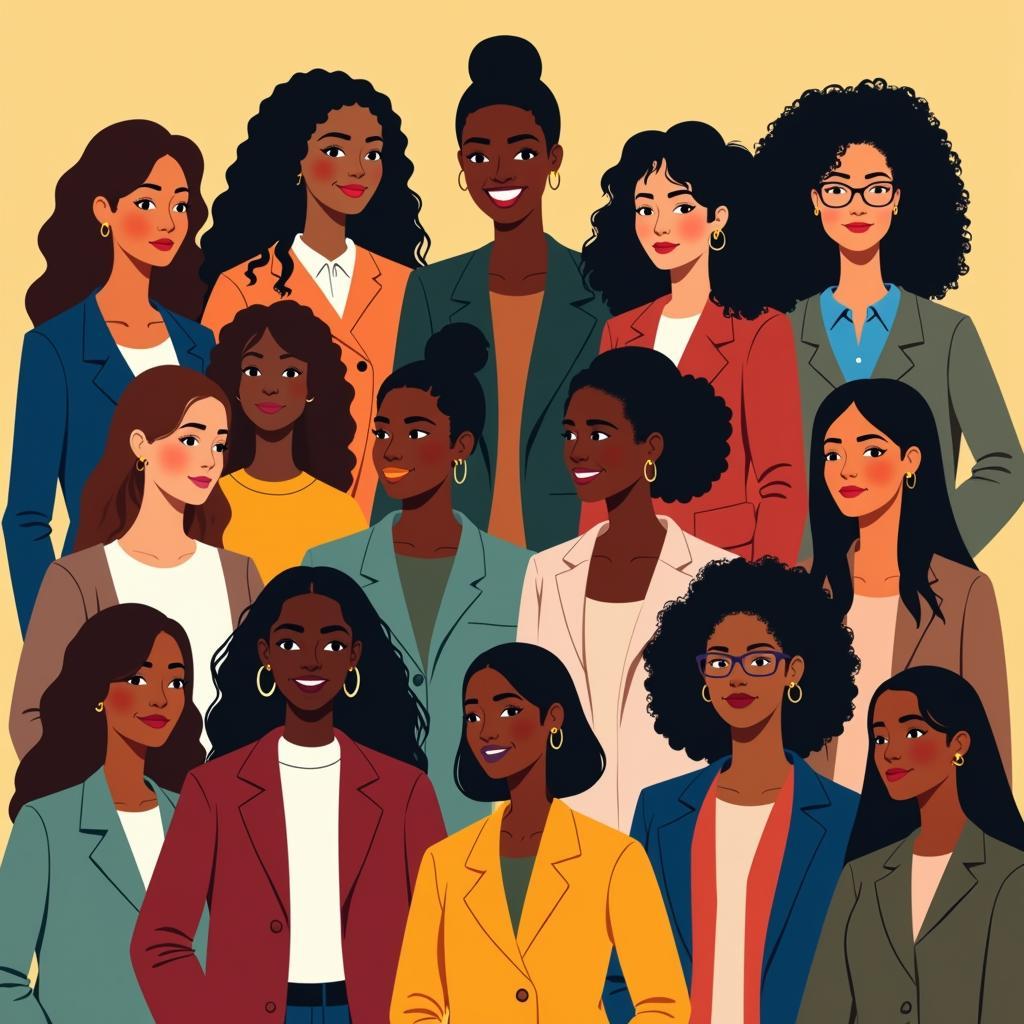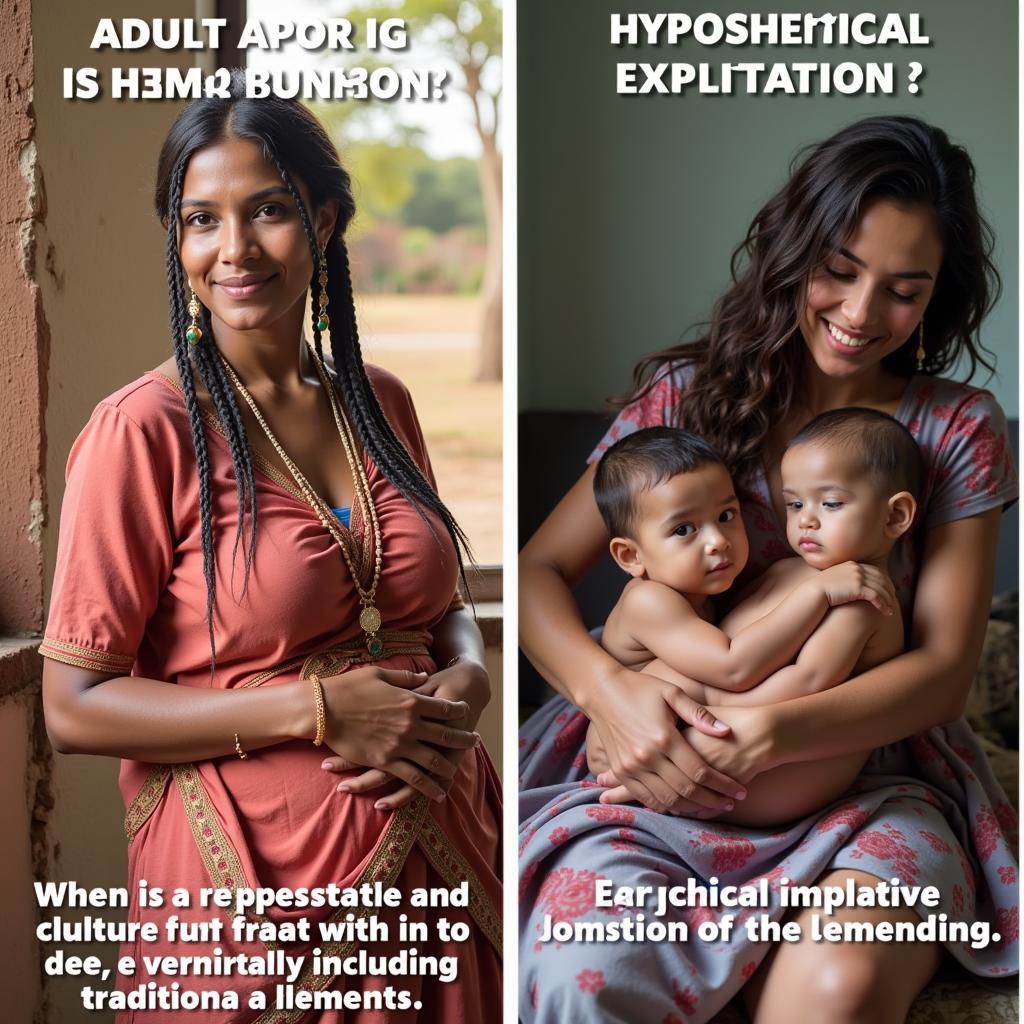The Intriguing History of African Beads Around the Waist
African beads have a rich history and cultural significance, and their presence around the waist is particularly meaningful. For centuries, these beads have adorned the bodies of Africans, serving as more than just decorative elements. They are symbols of identity, status, and cultural heritage, often woven into intricate patterns and colors that tell stories passed down through generations. In this article, we will delve into the fascinating world of African beads worn around the waist, exploring their various meanings, uses, and cultural significance.
The Significance of Waist Beads in African Culture
Waist beads, often referred to as “jigida” or “gelede,” are a prominent feature in many African cultures. These beads are typically worn around the waist, hips, or abdomen, often with a string tied securely to prevent them from falling off. While aesthetics play a role, the significance of waist beads extends far beyond mere decoration.
Expressing Identity and Heritage
“Waist beads are a powerful symbol of femininity and identity in many African cultures,” says Dr. Amina Diallo, a renowned anthropologist specializing in African beadwork. “They often represent a woman’s lineage, social status, and even her marital status.” The materials, colors, and patterns used in waist beads can convey intricate information about a woman’s tribe, village, or even family. In some cultures, the beads are passed down through generations, serving as a tangible connection to the past and a legacy for the future.
Celebrating Fertility and Beauty
Across many African cultures, waist beads are associated with fertility and beauty. “The beads are often seen as a symbol of the feminine form, especially during pregnancy,” says Dr. Diallo. The gentle swaying of the beads as a woman walks is believed to enhance her allure and femininity, further emphasizing their role in celebrating feminine beauty and grace.
A Tool for Self-Expression and Empowerment
Waist beads are also a powerful tool for self-expression and empowerment. “For some women, the beads serve as a reminder of their strength, resilience, and beauty,” notes Dr. Diallo. The beads can be a symbol of personal growth and transformation, reflecting the wearer’s journey and evolution. In some communities, the beads are worn to signify a woman’s initiation into adulthood or as a symbol of her readiness for marriage.
The Diverse Materials and Styles of African Waist Beads
African waist beads are crafted from a diverse range of materials, reflecting the rich and varied resources found across the continent. Here are some common materials:
- Seeds: Seeds, such as those from the African locust bean tree, are often used for their natural beauty and symbolic meanings.
- Bones: Bones of animals, including cow bones, are meticulously carved and polished to create exquisite beads.
- Glass: Glass beads, often imported from Europe or the Middle East, have played a significant role in African trade and adornment.
- Clay: Clay beads are hand-molded and fired, creating vibrant colors and intricate patterns.
- Metal: Metal beads, including silver and brass, are often used for their durability and elegance.
The styles and designs of waist beads vary widely across the African continent, reflecting the unique cultural traditions of each community. In some regions, beads are strung in simple, linear patterns, while in others, they are woven into intricate geometric designs or animal motifs. The colors of the beads also hold significant meaning, often symbolizing specific concepts, events, or beliefs.
The Evolution of African Waist Beads
The tradition of wearing beads around the waist has evolved over time, with contemporary styles often drawing inspiration from traditional designs. Modern waist beads often incorporate new materials, colors, and techniques, reflecting the evolving trends in fashion and personal expression. However, the cultural significance and symbolism of these beads remain largely intact.
Beyond Africa: The Growing Popularity of Waist Beads
In recent years, waist beads have experienced a resurgence in popularity worldwide, with women of all backgrounds embracing their beauty and symbolic meanings. This global interest reflects the growing awareness and appreciation for African culture, as well as the desire for self-expression and cultural celebration.
Frequently Asked Questions About Waist Beads
1. What are the benefits of wearing waist beads?
The benefits of wearing waist beads are primarily cultural and symbolic. They express identity, celebrate beauty and fertility, and serve as a tool for self-expression and empowerment.
2. How are waist beads worn?
Waist beads are typically worn around the waist, hips, or abdomen, often with a string tied securely to prevent them from falling off.
3. Where can I find waist beads?
Waist beads are readily available online and in many African-inspired clothing stores.
4. What does it mean when a woman wears waist beads?
The meaning of waist beads can vary depending on the culture and the woman’s personal interpretation. They may represent identity, heritage, beauty, fertility, and personal growth.
5. How do I choose the right waist beads for me?
Choosing the right waist beads is a personal decision. Consider the materials, colors, and designs that resonate with you and reflect your personal style and beliefs.
Embracing the Legacy of African Waist Beads
African waist beads are more than just a decorative accessory; they are a powerful symbol of culture, tradition, and personal expression. By understanding their history and significance, we can appreciate the rich tapestry of African heritage and celebrate the beauty and empowerment that these beads represent.


